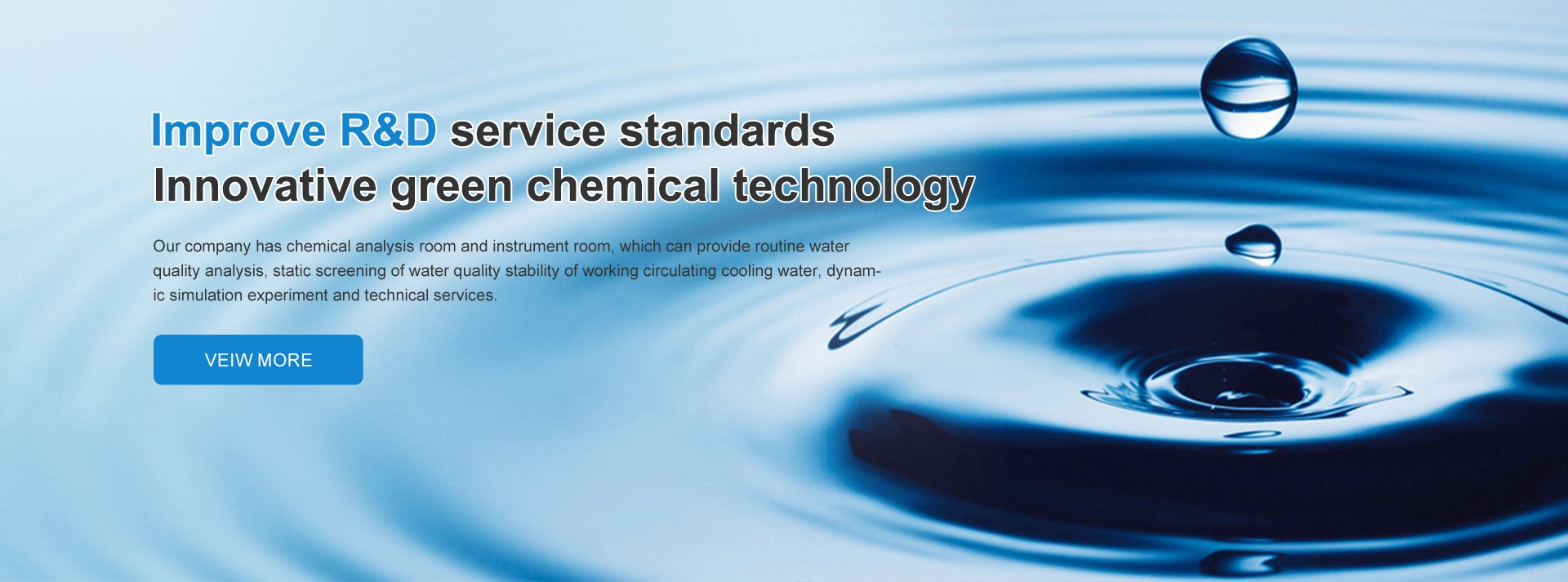coagulation flocculation
Understanding Coagulation and Flocculation in Water Treatment
Coagulation and flocculation are critical processes in the field of water treatment, essential for ensuring the supply of clean and safe drinking water. As populations grow and industrial activities increase, the demand for efficient water purification methods has never been more pressing. This article delves into the principles, mechanisms, and applications of coagulation and flocculation, highlighting their importance in modern water treatment systems.
What Are Coagulation and Flocculation?
Coagulation is the first step in the water treatment process, where chemicals are added to water to destabilize the suspended particles and colloids. This destabilization occurs because many of these particles carry negative charges, which repel each other, preventing them from aggregating and settling. Through the addition of coagulants—commonly aluminum sulfate (alum), iron(III) salts, or synthetic polymers—positive charges are introduced, neutralizing the negative charges of the particles and allowing them to come together.
Flocculation follows coagulation and involves the gentle mixing of the water to encourage the agglomeration of the destabilized particles into larger clusters known as flocs. This process enhances the removal of these particles from the water during subsequent sedimentation or filtration stages. The flocs, being larger and heavier, can then settle out of the water more effectively.
The Mechanisms Behind Coagulation and Flocculation
The mechanics of coagulation primarily revolves around the interactions between various particles and coagulants. When a coagulant is introduced into water, it reacts with dissolved substances, resulting in the formation of microflocs. These microflocs must be transformed into larger flocs through the flocculation process, which can be enhanced by increasing the residence time and gentle stirring.
Factors influencing coagulation and flocculation include pH, temperature, and the presence of other chemicals. The pH of the water greatly affects the efficiency of coagulants; therefore, it is often adjusted before the coagulation process. For instance, aluminum sulfate works best at a lower pH, while iron-based coagulants can be effective at a broader pH range.
coagulation flocculation

Applications of Coagulation and Flocculation
Coagulation and flocculation are used in various drinking water treatment systems, wastewater treatment plants, and industrial processes. In municipal water treatment facilities, these processes help remove turbidity, pathogens, and harmful contaminants, ensuring that water is safe for consumption. They are also vital in treating stormwater runoff, which often contains high levels of pollutants.
In industrial settings, coagulation and flocculation are employed to reclaim water in processes such as paper manufacturing, mining, and food processing. By reducing the load of suspended solids and pollutants, these methods help industries meet environmental regulations and promote sustainable practices.
Advances in Coagulation and Flocculation Technologies
Recently, advancements in technology have enhanced the effectiveness of coagulation and flocculation processes. The development of new coagulants, such as eco-friendly alternatives derived from natural sources, is being explored. These alternatives aim to minimize the environmental impact of water treatment chemicals while maintaining efficient removal of contaminants.
Moreover, real-time monitoring systems that utilize sensors and automation are being integrated into treatment facilities. These systems can adjust coagulant dosages based on varying water quality parameters, optimizing the coagulation and flocculation processes and improving overall efficiency.
Conclusion
Coagulation and flocculation are pivotal processes in ensuring the quality of water supplied to communities and industries alike. As technologies continue to develop, these processes promise to become even more efficient, allowing for the effective management of water resources in a world facing increasing challenges related to water scarcity and contamination. By investing in research and technology, we can enhance these fundamental processes and ensure a sustainable future for our water supply. Understanding and optimizing coagulation and flocculation techniques is therefore essential for scientists, engineers, and policymakers committed to delivering clean and safe water to all.
-
Dodecyldimethylbenzylammonium Chloride: High-Purity DisinfectantNewsAug.30,2025
-
2-Phosphonobutane-1,2,4-Tricarboxylic Acid: Scale & CorrosionNewsAug.29,2025
-
Premium Isothiazolinones | Broad-Spectrum Biocidal SolutionsNewsAug.28,2025
-
LK-319 Special Scale And Corrosion Inhibitor For Steel Plants: Advanced Solutions for Industrial Water SystemsNewsAug.22,2025
-
Flocculant Water Treatment: Essential Chemical Solutions for Purification ProcessesNewsAug.22,2025
-
Isothiazolinones: Versatile Microbial Control Agents for Industrial and Consumer ApplicationsNewsAug.22,2025





